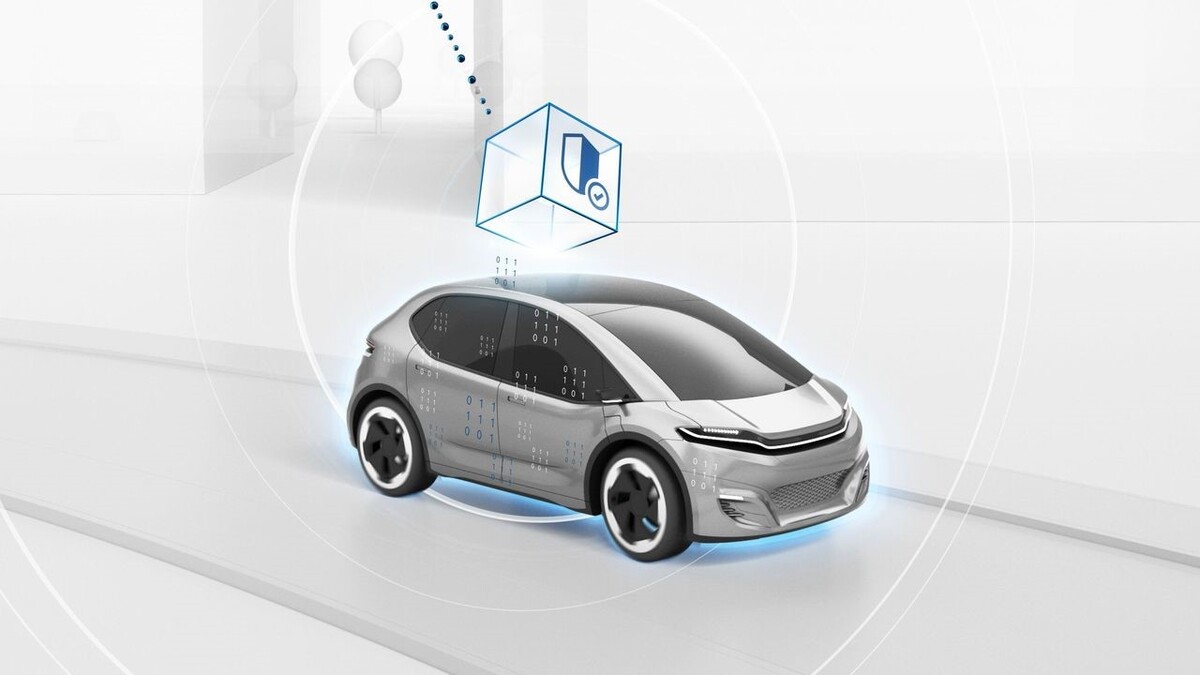SofDCar
- Contact:
- Project group:
Prof. Sax
- Funding:
Bundesministerium für Wirtschaft und Energie (BMWi)
- Startdate:
01.08.2021
- Enddate:
31.07.2024
SofDCar
Software-Defined Car (SofDCar) Software-driven from Embedded Systems to the cloud for development and operation
![]()
Motivation and environment
In some cases, more than 100 ECUs are installed in vehicles today, and the trend is still increasing as the tasks and functions of the electronic systems and their architecture continue to grow [1]. At the same time, however, this architecture should remain controllable and enable continuous integration. Then, functions of a vehicle can be updated at any point in its life cycle - which can be up to 20 years [3].
Over-The-Air (OTA) updates and redeployment of safety-critical functions in the cloud bring new challenges and opportunities for value chain and approval. For example, the UNECE regulation on cybersecurity, which will become mandatory for all new vehicle types in the EU from 2022, foresees a new certification for safety-critical functions that are affected by software updates [1]. This requires new processes and methods for analyzing the impact of changes within multi-variant fleets, as well as for verification and validation of updates.
Objective
The objective of SofDCar is to fundamentally change the electronics and software architecture in the vehicle as well as the associated development methods and processes and to develop new ones in order to positively shape the rapidly advancing digitalization in the automotive environment [1]. For example, it is intended to enable flexible adaptation of the vehicle of the future by means of OTA updates.
Approach
With a new approach to software and data, the prerequisites for significantly greater use of data and more flexible integration of the new functions obtained from it in more modern vehicles are to be created [3].
New methods for the control of system variance in different development and usage phases as well as for guaranteeing safety are being developed. For this purpose, the interaction of a digital twin, as a virtual image of a vehicle's development and runtime data, with a new image of a distributed electrical/electronic architecture (E/E architecture) extending from networked vehicles to the cloud, is conceived and implemented in the form of a "data loop". To enable the continuous integration of new software functions along the vehicle lifecycle, a third layer focuses on the issue of redeployment. [1]
Participation of ITIV
Prof. Eric Sax's research group is involved in the SofDCar project with the topics of vehicle control through telematics ("Control over the Air") and corresponding adaptations of the E/E architecture. The group is also defining new interfaces for software components and services for easier and more efficient development and assurance of software updates, taking into account the high variability of systems in the field.
Sources:
- Vorhabensbeschreibung SofDCar, Version 4.0
- KIT, Presseinformation 099/2021 „Software-Defined Car: Grundlagen für Autos der Zukunft“, https://www.kit.edu/kit/pi_2021_099_software-defined-car-grundlagen-fur-autos-der-zukunft.php
- Robert Bosch Press release, “Pioneering work in the automotive IT jungle”, Erscheinungsdatum 26.10.2021, https://www.bosch-presse.de/pressportal/de/en/pioneering-work-in-the-automotive-it-jungle-234304.html


